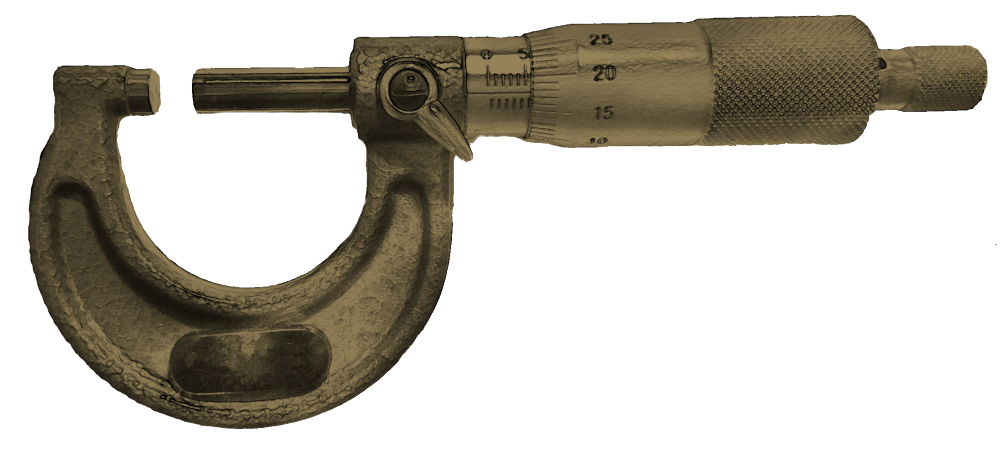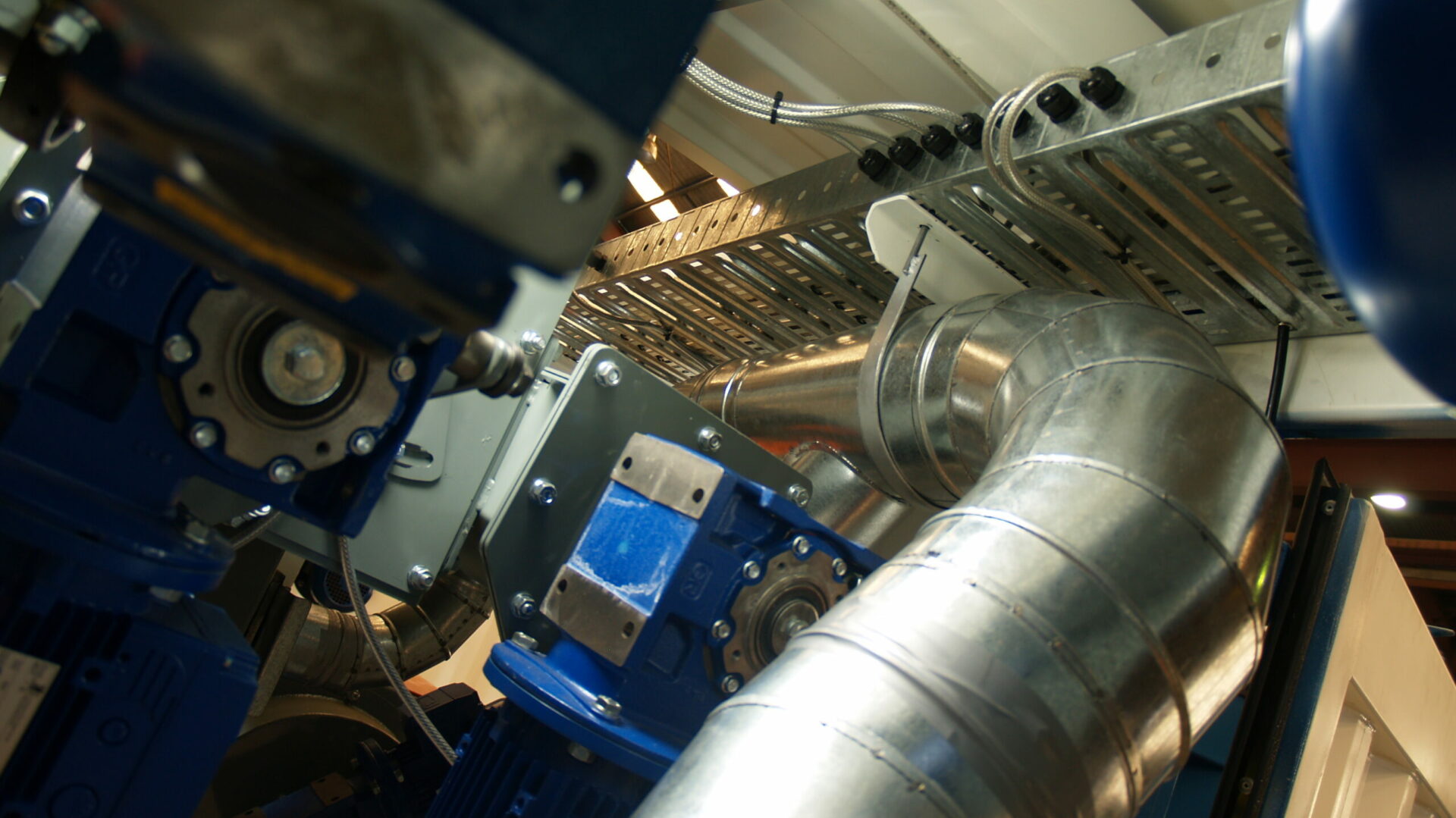How to have a better breakdown
Breakdowns are inevitable. Even when you really nail preventative and predictive maintenance. I’ve covered in a previous article some tips on what to do when you’re in one, including what you should do afterwards to avoid recurrence. Now let’s talk about what else you can do to make things easier next time.
Get familiar with the machine while not under pressure
Spend a good amount of time watching the machine when it’s working properly.
I once attended an issue on a machine that was having an issue during size changing. I’d never seen the size change sequence on this machine before but there was a (very intelligent and capable) maintenance fitter already in attendance who was familiar with the sequence. As I recall, in the first stage of the sequence, a long spindle slowly rotated until a prox sensor triggered in order to index the zero position. Then a leadscrew clamped and the spindle turned quickly until the adjustment was complete. Then a different component moved in until a different prox sensor triggered. The machine was rotating the spindle slowly for a long time (much more than usual) and then throwing an unintelligible error code.
Since he knew what the sequence was, the fitter knew straight away that the problem must be that the zero position sensor. He was correct and what could have been a four hour nightmare was fixed in twenty minutes. If you know the machine does three parts of a sequence and then throws an error on the fourth part, that narrows things down a lot. If you don’t know the way the machine steps through the sequence, you can’t figure that out. It’s never going to be possible for you to understand every aspect of all equipment but you need to give yourself permission to be there during normal production and just observe.
While you’re in there observing, listen and touch, too. Once you have the heartbeat of a machine loaded into the back of your mind, you’ll recognise things going wrong from ten metres away if you’re paying attention. A failing universal joint will make an ever-increasing knocking sound for several days before complete failure. Chains with worn sprockets make a clattering sound. Squeaking of any kind usually means two pieces of metal rubbing that shouldn’t be.
Read the manuals
It’s hard to troubleshoot a mistracking belt if you don’t know which of the 20 pulleys is supposed to be adjusted. Get the manuals and circuit diagrams in order to you can call them all up without delay. Don’t forget the safety controllers and other auxiliary equipment. They often have their own manual and aren’t covered by the main machine manual.
Read the manuals carefully. A lot of machine issues are setup issues so make sure you understand the setup procedure. Look at the drawings if you have them and make sure there’s no hidden bits and pieces that you don’t know about. I was once tripped up quite badly by some hidden universal shafts that I should have known about from reading the manuals and drawings in detail.
Augment your manuals
The machine manuals are never perfect. While they are usually correct, they are never complete. I’ve found that after working in a plant for about a year, you’re in a position where you should start filling in the gaps that you’ve noticed in the manuals. The gaps can arise in various ways: setup procedures being poorly written, photos or diagrams faded or unclear, modifications made after supply or perhaps dismantling a particular subassembly for service or overhaul is complicated and some instructions should be written. There’s lots of reasons. For newer machines, it’s generally best to leave the original manual alone and supplement it with additional documents somewhere safe on the server. When manuals get really old, it may be time to replace them entirely with your own upgraded version. Bear in mind that “really old” in my experience means over thirty years.
Know your I/O’s
Keep some easily accessible notes handy on how to read the indicators of all of the safety controllers that you have on site. If you have an older machine with a basic or no display, keep something similar for your PLC I/O’s or label them directly on the I/O module itself if there is room.
Tidy up
Keep the machine tidy and pay close attention during inspection and preventative maintenance. If you have a sudden control issue, that’s not the time to be discovering dirty sensors, damaged sensor wires, failing bearings and cracked, loose belts. You’ll get caught fixing three red herrings before you find the problem.
Go back to standard
Old machines tend to have lots of modifications done to them and most of them make things worse. For example, a belt is mistracking overnight and the night shift maintenance staff couldn’t figure out how to correct it so he shimmed the mount to make it work. It was the right move at the time- It got them out of trouble for the time being and the intention was probably to fix it properly in the next planned maintenance but perhaps it was forgotten. Now the mount is crooked. Extrapolate that trend for a decade or so and you can find yourself in an interesting situation! If you see anything out of place, find out what it was supposed to be originally and revert to that if possible.
Tool up
If you have budget for it, get your team as equipped as possible. Megger testers, Flir, IR thermometer, strobe, tachometer, vibration meter, multimeter, power datalogger and so on. Make sure that your team are familiar with how to use them.
Have some really bad breakdowns
Experience is a harsh but effective teacher. Nobody was born a superstar so keep getting up after being knocked over and try not to let it get to you. There’s a huge amount of different equipment out there and even if you did everything on this list and a lot of things that weren’t you can still get smacked by the great unknown.
Chin up, get prepared, good luck and try not to get smacked by the same thing twice- it’s hard to justify to your manager when that happens.

